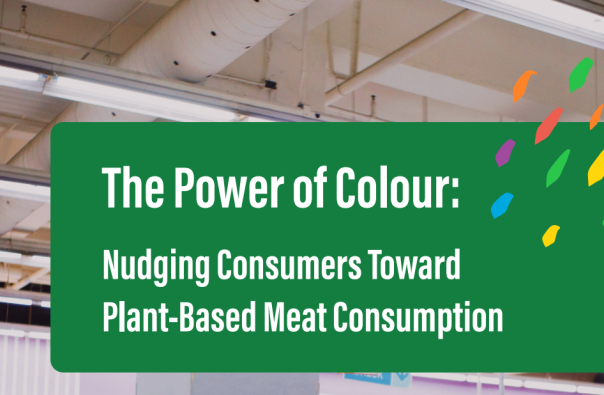
The survey included 1,200 participants, predominantly self-described omnivores from the US and the UK. Participants were presented with vegetarian and vegan products packaged in an array of warm and cool tones. They were asked to associate sentiments with the colours employed in the packaging.
The report found that colour ‘significantly influences’ consumer decision-making, as 65% of participants indicated that their purchasing choices are influenced by colour.
Ajsa Spahic, researcher and author of the ProVeg report, commented: “Green is the predominant colour in many plant-based products. Although it goes against current trends, the data indicates that it should only be used in moderation. Green should only be incorporated when your primary objective is to underscore the emphasis on sustainability and health benefits.
“Utilise shades of blue to indicate budget-friendly or premium products. With its calming effect, blue can effectively communicate both cost-effectiveness and a readiness to invest in quality. First impressions matter. Something as simple as changing the colour of the packaging has the power to attract consumers and make people of all dietary backgrounds more inclined to try meat alternatives.”
Key takeaways:
Red (the flavour enhancer):
- 56% of UK consumers and 54% of US consumers associate the colour red with superior taste in plant-based meat
Blue (price-performance connection):
- 48% of UK consumers and 45% of US consumers associate the colour blue with budget-friendly products
- 37% of UK consumers and 45% of US consumers are willing to pay a premium for products packaged in blue
Green (beacon of health & sustainability):
- UK consumers link green to healthiness (75%), eco-friendliness (78%), and safety (75%)
- In the US, respondents associate green with naturalness (68%), eco-friendliness (68%), and safety (72%)